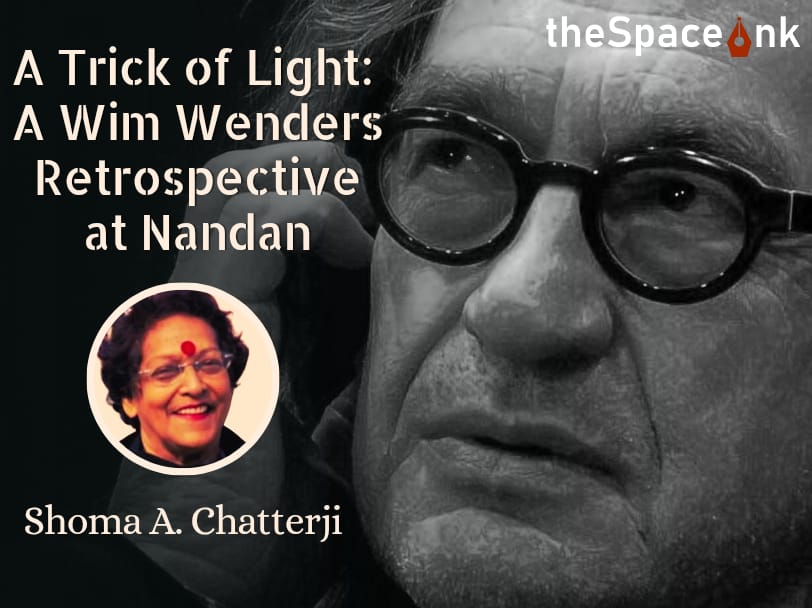The ‘Post-Impressionist’ period differed from the Impressionist period in a few distinct ways. Impressionism, a Paris-based movement that rose to popularity in the 1870s and ‘80s, focused on short, thin brush strokes, bright primary colours, an open composition, and the accurate depiction of light and colour. Post-Impressionism, which developed after the eighth and last Impressionist exhibition in 1886 and through the birth of Fauvism, in principle rejected Impressionism, though in part, extended upon it.
Also read: Georgia O’Keeffe: ‘Mother of American Modernism’
Post-Impressionists were simply dissatisfied with Impressionism; they believed that its lack of structure and its ‘trivial subjects’ such as picnics in the forests near Paris, seaside scenes, paintings of sunny gardens and lotus ponds made it a movement that could not be carried forward or developed into serious art.
Artists of that period like Paul Cézanne wanted to change this, aiming to “make of Impressionism something solid and durable, like the art of museums.” He wanted to restore order and structure to painting. Cezanne was in fact known to be the “Father of Post Impressionism” Post-Impressionist paintings were also created using bright colours, a thin visible use of paint, as well as real-life subjects – all of which were also characteristics of Impressionism but that is where the similarities ended.

Artists of this new movement rejected Impressionism’s limitations. They played with geometric, distorted forms, and often used colours not found in nature. Artists like Seurat and Camille Pissarro experimented with the technique of pointillism (which Pissarro called scientific Impressionism), using tiny dots of colour in their works. Cézanne worked with saturated, natural colours found in Impressionism, but focused on portraying objects’ basic shapes. Van Gogh, meanwhile, searched for personal expression through his art, often painted with rugged defined brushstrokes and darker tones. Another noteworthy artist of this period was Paul Gauguin,
Post-Impressionist painters worked independently rather than as a group, but each influential Post-Impressionist painter had similar ideals. They concentrated on subjective visions and symbolic, personal meanings rather than observations of the outside world. This was often achieved through abstract forms.
One of the most famous and influential figures in Western art history, Van Gogh has created about 2,100 landscapes, still lifes, portraits, and self-portraits that contributed to the foundations of modern art.

Fauvism (1900–1935)
The next distinct phase of European art, Led by Henri Matisse known as Fauvism built upon examples from Vincent van Gogh and George Seurat. As the first avant-garde, 20th century movement, this style was characterized by expressive use of intense colour, line, and brushwork, a bold sense of surface design, and flat composition.
As seen in many of the works of Matisse himself, the separation of colour from its descriptive, representational purpose and allowing it to exist on the canvas as an independent element was one of the core elements that shaped this movement. The name came from a critic’s remark that Matisse’s ‘unsophisticated’ paintings were like a cage of wild “beasts,” or “fauves” in French. The term “fauvism” was thus born, with Matisse its undisputed leader. Other artists of this period included Andre Derain, Georges Braque and others.

Fauvism was an important precursor of Cubism and Expressionism. It was characterised by 4 important elements. The use of colour for its own sake, as a viable end in art. Creation of a rich surface texture, with awareness of the paint. Spontaneity – by the drawing of lines on canvas suggested by the obvious texture of the paint. And lastly, the use of clashing (primary) colours, playing with values and intensities.
Different schools of Post-Impressionism
Because of its broad abstract characteristics, the post-Impressionism movement also covers Cloisonnism, Les Nabis, Neo-Impressionism, Pont-Aven School, Symbolism, Synthetism, and a few works by later Impressionists.
Henri Edmond-Cross
Henri Edmond-Cross was a master of Neo-Impressionism with a heavy influence on Henri Matisse and many other artists, as well as on the development of Fauvism, which followed post-Impressionism.
Cloisonnism
A style of post-Impressionist art characterized by bold, flat forms separated by dark outlines. The Yellow Christ by Paul Gaugin, 1889 is a key example of Cloisonnism, featuring black outlines around single colors.

Les Nabis
A group of Paris-based French artists who, from 1888-1900, worked to transition from Impressionism to abstract art, symbolism, and other forms of modernism.
Pont-Aven School
A school of art that includes works influenced by the French town, Pont-Aven. The school emerged in the 1850s and lasted through the early 20th century, and many of its artists were inspired by Paul Gauguin. They used bold colours and Symbolist subject matter. A late 19th century art movement led by the French, Belgians, and Russians. Featuring poetry and other types of art, it aims to represent absolute truths through symbolic, metaphorical images and language, purposefully contradicting naturalism and realism.
Synthetism
A term used by post-Impressionist artists including Gauguin and Émile Bernard, in order to distinguish their pieces from Impressionism. Once connected to Cloisonnism, artists aimed to “synthesize” three features: “the outward appearance of natural forms, the artists’ feelings about their subject, and the purity of the aesthetic considerations of line, colour, and form.”

While post-Impressionist artists often exhibited their works together, they were not always in agreement about the characteristics of post-Impressionism; hence, it was not necessarily a cohesive movement. A key, overarching commonality, however, was the favouring of abstraction over naturalism.
Henri Rousseau
Rousseau was a self-taught genius and a major influence on avante-garde artists.
Henri de Toulouse-Lautrec
One of the best-known post-Impressionist painters, Henri de Toulouse-Lautrec was known for immersing himself in Paris theatre life in the late 19th century.

Odilon Redon
Odilon Redon was known for his dreamlike paintings, inspired by Japanese art and heavily played with abstraction.
Maximilien Luce
Famous Impressionist, then post-Impressionist painter, Maximilien Luce dabbled in pointillism and graphic art.

Paul Signac
Paul Signac was a renowned artist who worked with Georges Seurat to develop the Pointillist style in which an artist uses dots or points to develop a larger painting.
Images courtesy: Wikipedia
Anjana Dutt is a writer, graphic designer, published poet, pianist, soprano, film maker, interior designer, photographer, single mom...you are as likely to find Anjana shooting her beloved Labrador, as you are to see her writing an article or designing a product. She spent 25 years in advertising, at Ogilvy and later J Walter Thompson. She rose to the position of Senior Creative Director was in charge of the films division in Calcutta, with several awards under her belt. As a columnist, she contributed articles fortnightly for three years titled ‘Elements of Style’ to The Telegraph newspaper. Launching herself anew as a Creative Consultant, her choice of independent projects have been as varied as her eclectic taste in music.








One Response
Very informative, enriching and I thoroughly enjoyed reading it.Very well researched.